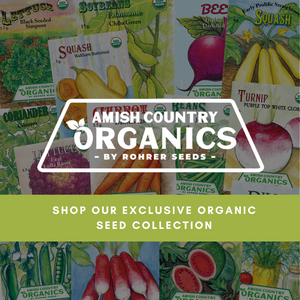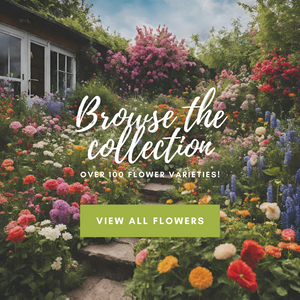
Planting for the Pollinators!
Pollinators are an essential part of nature! As an important part of the food chain and our ecosystems, it is crucial that we protect our pollinators. Pollinator’s support and restore natural systems, support wildlife, and add value to demanding agriculture systems. While we greatly depend on pollinators for survival, there population has been declining for several decades due to harmful human activities. There are several different types of pollinators that come in all shapes and sizes, but they all serve one very important purpose!
What are Pollinators?
Birds, butterflies, bats, moths, and bees are some of the most common examples of pollinators. Most flowering plants on our planet need additional pollination than what they can do on their own, meaning that they greatly depend on pollinators to succeed. They help plants by carrying pollen from one plant to the next which allows for successful fruit and seed production. We commonly recognize butterflies and bees as pollinators, but it is important to remember birds and bats as they often transport pollen across further distances.
Population Decline
Unfortunately, pollinator populations continue to decline because of specific human activities. One of the leading causes of population decrease is the destruction of important pollinator habitats. As we continue to replace natural ecosystems with developed areas, pollinators have less space to thrive. The improper use of certain insecticides and herbicides has also been a leading factor in population decline because of how they directly impact the pollinator. If pesticides are sprayed directly onto small insects, is can kill them or cause severe damage. It is important that we keep in mind the importance of pollinators when working in our lawns, gardens, and on farms.
How can you help?
Although pollinator populations are in decline, there are a lot of ways that we can help to restore their habitats and overall population. By practicing responsible use of pesticides, or moving toward more natural controls, we can prevent killing our pollinators, and ensure that plants can provide them with the habitat that they need. We can also add pollinator habitats into our landscapes to give them a refuge, especially in highly developed areas.
Planting pollinator friendly plants is a great way to support the population and promote healthy systems in your garden! Milkweed, mint, joe pye-weed, clover and many other plants are great options if you are considering adding some pollinator plants to your landscape. There are also several annual flowers such as sunflowers and zinnias that are easy to grow and very attractive to many different types of pollinators. Cover crop mixes that include clover and chicory, along with certain grasses are also a great way to both improve your soil and promote pollinators all at the same time.
Give our Bee Grass Plus Mix a try for a fun new way to add both clover and alfalfa to your garden, lawn, or flower beds!




Comments
Leave a comment